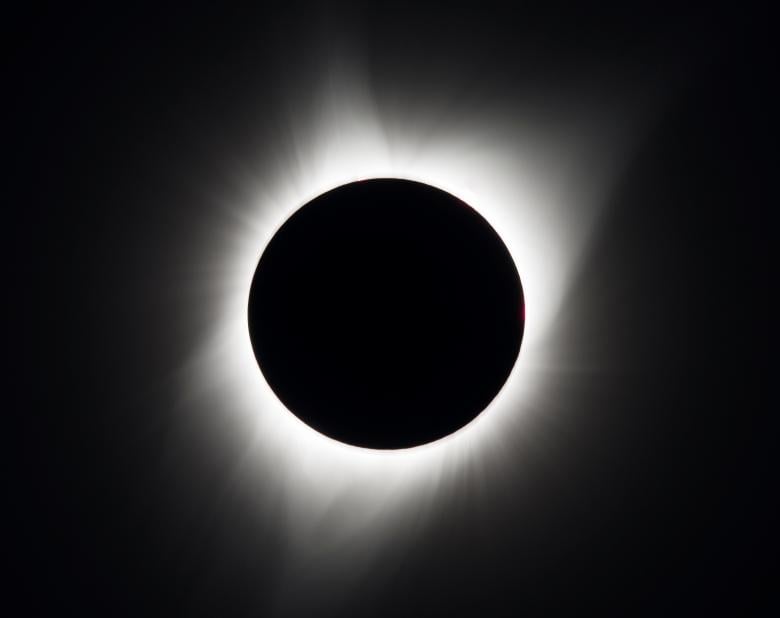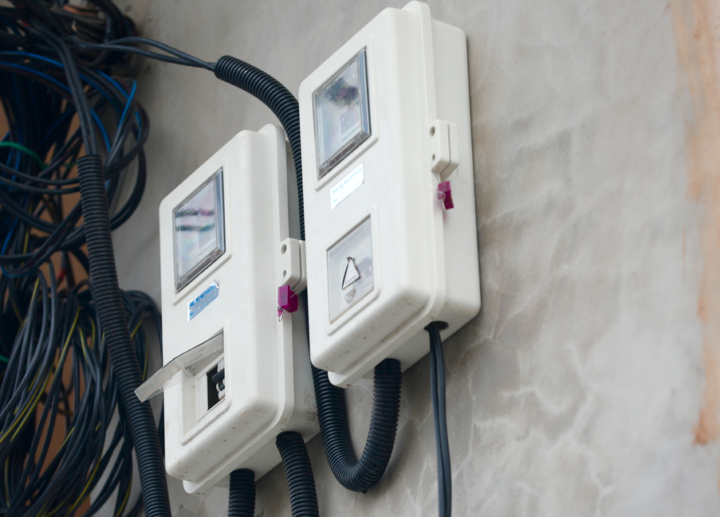A total solar eclipse is seen above Madras, Oregon. Courtesy Aubrey Gemignani/NASA
On Monday, April 8, the moon will block the sun for approximately four minutes in a natural phenomenon known as a solar eclipse.
The expected eclipse is an experience many say will be one of the recent most spectacular celestial events.
The National Aeronautics and Space Administration (NASA) said a total solar eclipse occurs when the moon passes between the sun and the earth and, for a short time, completely blocks the face of the sun.
For residents of the United States, where some of the eclipse will be happening, it will particularly be a treat.
Advertisement
The last one was in August 2017 but an interval of seven years is unusual. The previous one before that took place in 1979, and the next one will be in 2044.
Here are some things to know about the solar eclipse.
WHY ARE ECLIPSES NOT FREQUENT?
Advertisement
There are different kinds of eclipses — solar, lunar, annular, partial, and hybrid.
Depending on how they align, they provide a unique, exciting view of either the sun or the moon.
While an eclipse season happens twice a year, a solar eclipse only happens occasionally, because the moon does not orbit in the same plane as the sun and earth do.
As such, people in the centre of the moon’s shadow will experience a total eclipse when it hits earth.
Advertisement
The sky will darken and if there is favourable weather, those located in the path of a total solar eclipse can see the sun’s corona, the outer atmosphere, which is otherwise usually obscured by the bright face of the sun.
COUNTRIES THAT WILL WITNESS SOLAR ECLIPSE
Mexico’s Pacific coast is the first point of totality on the path, expected at 11:07 a.m. PT (19:07 p.m. local time) before the eclipse begins its journey across North America.
The total solar eclipse will be visible in parts of Mexico, Canada, and more than 10 US states, while a crescent-shaped partial eclipse is expected to appear in 49 other states — if the weather permits.
Advertisement
HOW TO VIEW SOLAR ECLIPSE
Except during the brief total phase when the moon shrouds the sun, solar viewing is not safe without specialised eye protection.
Advertisement
Those living in the path of totality have a front-row seat to the eclipse. However, people in a different zone can watch NASA’s live stream here.
Also, via NASA’s eclipse explorer, you can enter any US address or zip code to find out what will be visible from that location.
Advertisement
IMPACT ON THE PLANET (WEATHER CHANGES)
During a solar eclipse, sunlight wanes and stops heating the ground, leading to a cooling effect on the lower atmosphere. This cooling can impact various aspects of the weather, such as inducing thunderstorms in areas where it isn’t cloudy, affecting wind patterns, increasing relative humidity, and even causing clouds to dissipate, especially low-level cumulus clouds.
Advertisement
The eclipse’s influence on weather can be observed not only during the event but also in the aftermath, with changes in wind direction and speed being noted during and after eclipses.
HAS NIGERIA EVER EXPERIENCED A SOLAR ECLIPSE?
Nigeria has experienced a total solar eclipse in the past. The most recent total solar eclipse in Nigeria occurred on March 29, 2006, and lasted for about four minutes.
The eclipse was visible in parts of the country, including Benue, Katsina, Zamfara, Jigawa, and Oyo.
The next total solar eclipse in Nigeria is expected to occur in 2034.
Add a comment






